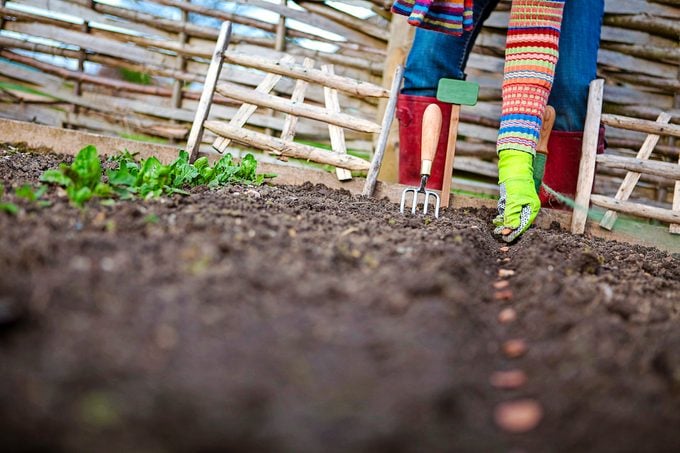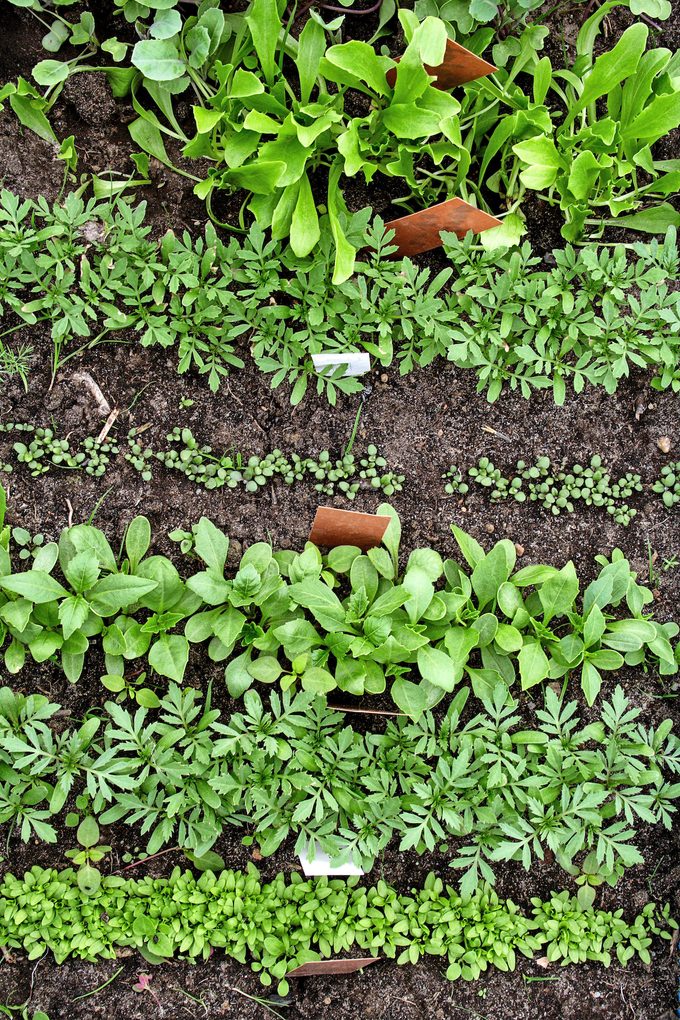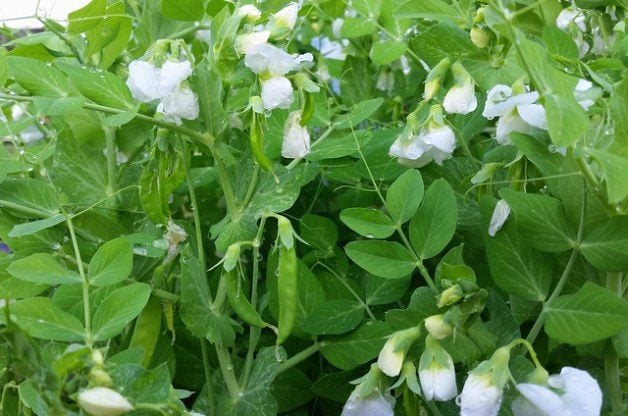Easy Gardening: Save Time by Direct Sowing Seeds
Updated: Feb. 25, 2021
If indoor seed-starting seems a little complicated, make it easy on yourself this year with direct sowing seeds. Plant the seeds right into the ground.

Starting plants from seeds gives you more options than what might be readily available at a local garden center. But if starting seeds indoors feels daunting, take advantage of the many vegetables and flowers that perform just as well when set right in the ground. Here’s how to have the best success with direct sowing seeds.
What Does Direct Sowing Mean?
The direct sow seed method simply means putting the seeds directly into the ground, raised beds or outdoor containers.
Know Your Last Frost Date
Direct sowing usually works only when you plant after your area’s last frost date. According to Burpee, one of the biggest seed retailers, that date may vary quite a bit over a short distance. If you’re not sure what that date is for your neighborhood, ask an experienced gardener or someone at your local extension office. Also make sure the plant has time to reach maturity in your growing season. Check out the 10 seed catalogs every gardener needs.
Prep the Soil
Pull any vegetation left from last year. Then loosen the soil—breaking up clumps and removing sticks and rocks—as much as possible so seeds can easily send down their roots. Mix in compost or manure to provide nutrients that growing plants need.
We asked the experts: Can you reuse potting soil in containers?
Direct Sowing the Seeds
If the seeds are small, like carrots, mix them with some sand to make it easier to disperse them evenly. Sow them along the surface, and then cover them lightly with a commercial seed starting mix. Tuck large seeds, like beans, into the soil at the depth recommended on the packet.
Check out 10 fast-growing vegetables you can harvest quickly.

Water Gently and Frequently
Use a light setting on your hose sprayer to water in the seeds thoroughly without washing them away. Try to keep the soil consistently moist as seeds begin to sprout. You may even need to water twice a day, depending on location.
When is the best time to water plants?
Mark the Plantings
It’s easy to forget what seeds you’ve planted where. Use string to mark rows from above until you notice sprouting. Use plant markers at the heads of rows or sections. Save the seed packets in case you have questions later.
Thin Seedlings
It’s exciting to see all your direct sow seeds sprouting, but any that are growing too close together won’t thrive. Follow the instructions on the original packet to thin seedlings to the recommended spacing. Keep only the strongest seedlings, and pinch the others off at the base. It’s important not to pull them or you could dislodge the roots of others nearby.

Best Vegetable Seeds for Direct Sowing
- Beans
- Beets
- Carrots
- Corn
- Lettuce and other greens
- Melons
- Okra
- Peas
- Radishes
- Spinach
- Turnips
Best Flower and Herb Seeds for Direct Sowing
Next, check out 9 butterfly flowers that are easy to grow from seed.
